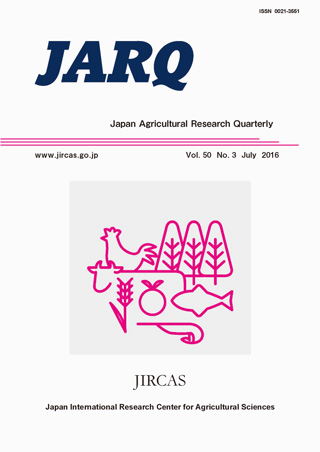The rice blast control efficacy of three genes—complete resistance gene Pib in isogenic line ‘Koshihikari Toyama BL 3’ and partial resistance genes Pb1 in near-isogenic line ‘Koshihikari Aichi SBL’ and pi21 in a variety ‘Tomohonami’—was evaluated in pot and upland trials with spray inoculation of the blast isolate Ina 86-137 (Japanese race 007.0) or Ao 92-06-2 (Japanese race 337.1). The evaluation was conducted by assessing their leaf and panicle blast severity, and then comparing their severity with that of blasticide (probenazole or tricyclazole) applied ‘Koshihikari’ and three control varieties with different levels of partial resistance to blast, including ‘Koshihikari’. ‘Koshihikari Toyama BL3’ harboring Pib showed very high levels of efficacy with few leaf and panicle blast lesions in both trials. The efficacy of ‘Tomohonami’ having pi21 to leaf blast was also high and equal to or higher than that of the blasticide-applied ‘Koshihikari’ in both trials. However, ‘Tomohonami’ had no panicle blast control efficacy in the pot trial, although it showed high panicle blast reduction in the upland trial. The panicle blast control efficacy of ‘Koshihikari Aichi SBL’ with Pb1 was moderate, while its leaf blast reduction was low to moderate in both trials. For expansion of the leaf blast lesions with punch inoculation on the uppermost leaves of rice plants in the booting stage of the pot trial, the areas (length x width) of the lesions on ‘Koshihikari Toyama BL 3’ with Pib were the smallest and significantly different from those of all other lines and varieties, including probenazole-applied ‘Koshihikari’. The results showed the blast control efficacy of the three resistance genes Pib, Pb1, and pi21, and confirmed a quantitative reduction of blast severity with partial resistance genes Pb1 and pi21.

